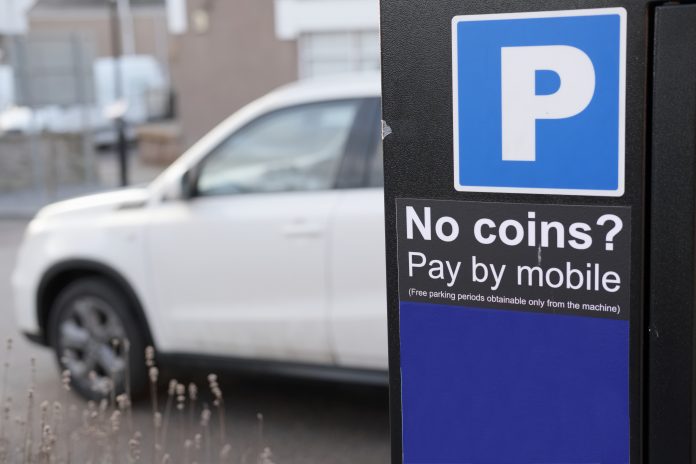Jonny Combe, UK CEO of PayByPhone, says that cashless parking technology is developing rapidly, but more work lies ahead before parking services can be offered as a built-in function in the connected cars of the future
2018 saw a tremendous uptake in cashless parking. Local authorities across the UK are reaping the benefits of scrapping the traditional parking meters and pay-and-display methods in favour of mobile parking payment services. There is a significant cost reduction for them as they do not have to maintain the machines, it saves taxpayers’ money, reduces crime and with fewer enforcement vehicles on the roads emitting harmful tailpipe gases while collecting cash, it is the more environmentally-friendly option.
Figures from the New Stateman’s parking supplement in February 2018 showed that 39 million journeys end in a parking space every day in the UK and that 30% of drivers in city centres are looking for parking at any given time. This, in turn, is driving the continuous advancement of technology that makes the parking journey more hassle-free for drivers and accelerating the race to make cars and cities smarter.
In 2019, real-time parking availability and parking route information will become widely available as part of the mobile parking payments service from the different providers in the UK. And although autonomous vehicles are expected to hit the roads by 2020, the data-sharing component and physical integration of these vehicles will require more time.
What’s next
Connected cars are the basis for autonomous vehicles and parking services play a key role in the evolution of its ecosystem. The convenience to drivers of being able to pay for parking with an app or via a smartwatch is already a reality.
The next two to five years will see parking offered as a built-in function of the smart car. In other words, parking services will be able to support microtransactions, with one payment method and one authentication. At that point, connected cars will communicate with the back- end infrastructure and provide a variety of parking functions to drivers, including identification of parking zones, parking payments and automatic authentication at barrier-operated car parks. These functions will be offered on-demand and users will have the ability to opt-out of those that they don’t need.
The first phase in this development will be for connected cars to make parking even more convenient with a single point of sign-in for the parking service in the car.
In the second phase, connected and autonomous cars will take care of the parking process themselves without the active involvement of the driver. Technology is already at a level where drivers can be supported in various scenarios, including traffic jams and some motorway driving. We will see more advanced versions of this in the next five to ten years. Moreover, connected cars will provide real-time information about parking, maps and accidents, which will help traffic flow in cities. By extension, the more connected cars we have, the more data we have to support smart cities.
Aggregation is key
Local authorities will need to tackle the necessary changes to the digital infrastructure required for their cities to become smart. Aggregation is already happening in certain cities in France, the Netherlands and Belgium, where some municipalities act as the aggregator in a multi-vendor area. Once this piece of the puzzle has been solved across the board, there will be nothing holding cars back from choosing the fastest route to the nearest available parking space and starting every parking session, automatically, on behalf of their drivers.











